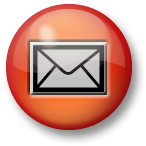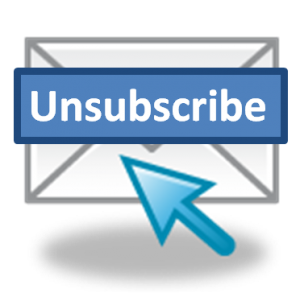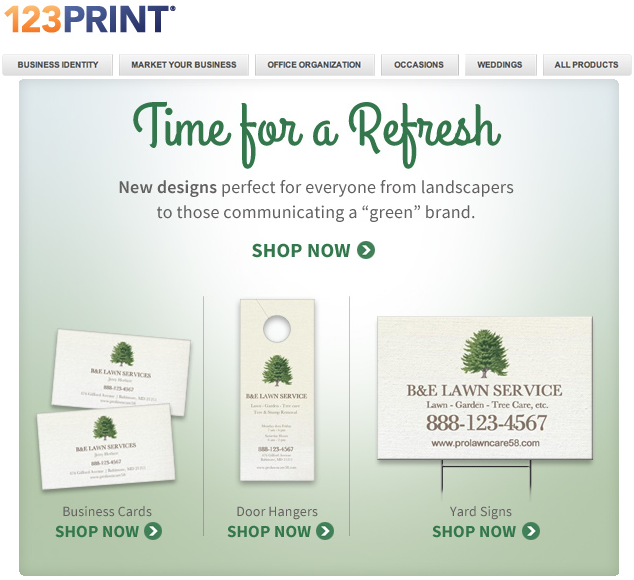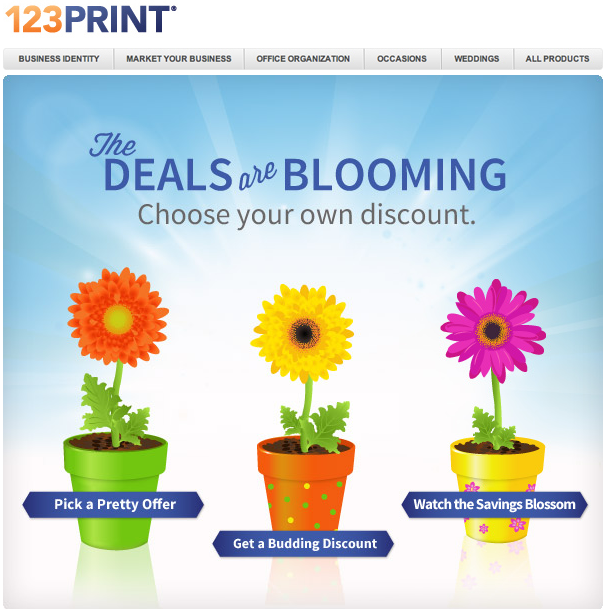 If you are ready to take your small business marketing to the next level but don’t have a huge budget, email marketing may be a logical next marketing channel for your business. Economical with a potential for a large return, an email marketing program is also relatively easy to implement.
If you are ready to take your small business marketing to the next level but don’t have a huge budget, email marketing may be a logical next marketing channel for your business. Economical with a potential for a large return, an email marketing program is also relatively easy to implement.
Are you ready to get started? Here are ten tips to get your small business started with an email marketing program.
1. Use an Email Service Provider (ESP)
Give your email program credibility and sign up with a low-cost ESP. Using an ESP to send your messages is definitely a best practice, as it will help you stay compliant with Can-Spam and increase your message deliverability. You may feel compelled to send your company’s bulk emails through your Outlook or Hotmail account, but sending emails through your own email address will only create deliverability and compliance problems. Plus, ESPs will help you with the design and tracking of your messages, thanks to included design templates and reporting tools.
2. Be True to Your Brand
Make sure your email program compliments your existing business model. Your goal is to keep your content and design in line with your existing website and other brand materials. Your brand voice is especially important in an email, because you are most likely sending people directly from your email to your website, blog or other social media platform. The key is consistency.

3. Start Small
Start small, grasshopper. Don’t expect a massive influx of subscribers or revenue with your first email deployment. Email marketing is a channel that builds upon itself and serves to reinforce previous messages and other marketing efforts. Start your program with one or two messages a month — perhaps a sales promotion and a monthly company newsletter and build from there.
 4. Give Them a Way Out
4. Give Them a Way Out
This may be counterintuitive but to keep subscribers you must illustrate that it’s their choice to be a subscriber. Make your unsubscribe link easily accessible and clearly marked. If someone wants to stop receiving emails from you, it should be very simple for them to do. Often just knowing they can stop emails at their discretion will keep your churn rate down.
5. Create a Schedule
Creating an email schedule will help keep your program on track and consistent. Establishing a frequency cadence will give your subscribers an idea of what to expect from you and when to expect it. They may even — wait for it — come to look forward to your awesome and info-filled emails!
6. Build on Other Marketing Channels
One of the great things about email marketing is that you can build on marketing and advertising channels. Email is a great way to highlight existing sales and promotions on your website, social media platforms and even in any direct mail marketing.
7. Utilize Existing Content
You don’t have to recreate the wheel for every email you send out. Your website and promotional materials are full of information that your subscribers would appreciate. Repackage a blog article for an email, or send links to a corporate video.

8. Include Added Value
That leads me to Tip #8, which is to include added value items. You don’t have to send a hard sell promotional email every time you deploy a message. In fact, I’d encourage you to do the opposite. Sometimes a soft sell with interesting and relevant added value content will perform just as well, if not better, than a hard sell email. An added bonus of included “special” or “extra” information is the subscriber loyalty you will breed.
9. Test Everything
A good way to lose subscriber loyalty however is to send an email that hasn’t been thoroughly checked. I’m talking every link, every image and every social media icon. No link shall go unclicked! Trust me, you will be happy you spent an extra 10 minutes checking your links, rather than send untested and have a message rife with broken links. That would be so sad. Also, hello! Please spell check.

10. Track Results
Now, what good is an email marketing program if you don’t keep track of it? Most ESPs provide you with your email deployment results. Key metrics you want to keep an eye on: open rate, click-through rate and unsubscribes. Want to learn more? Check out this blog from Hubspot.
You will also want to identify what your company’s idea of conversion means and track that. Are you e-commerce and therefore a conversion will be an online sale? Or, would a conversion to you mean that someone filled out a web-form or called your office to schedule an appointment? Whatever conversion means to you, be sure to keep tabs on it so that you can evaluate the value of your email marketing program.
Do you have any other easy email tips for small business?
Let us know in the comments below.
